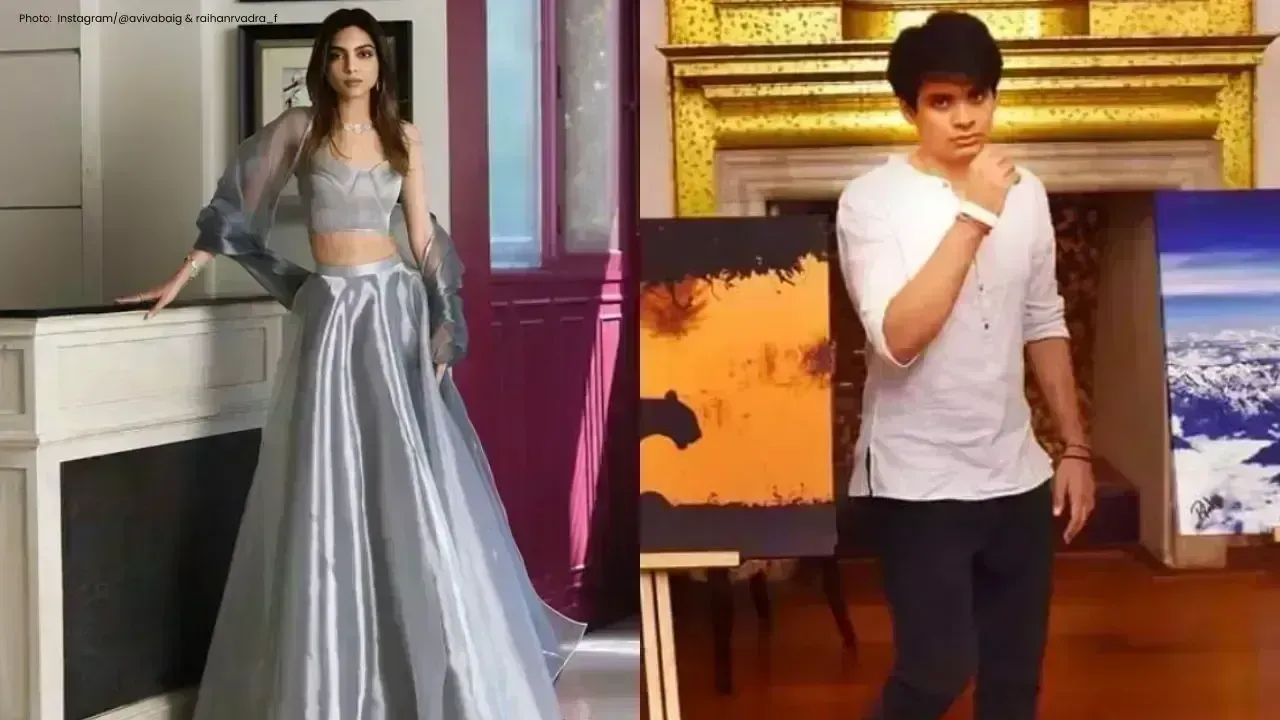You have not yet added any article to your bookmarks!

Join 10k+ people to get notified about new posts, news and tips.
Do not worry we don't spam!

Post by : Anis Farhan
Air pollution continues to be one of the most pressing environmental and health issues in the world, and nowhere is this problem more acute than in South Asia. A recent comprehensive study has revealed that several South Asian nations remain among the worst-hit regions globally when it comes to air quality. Despite years of policy reforms, investment in clean energy, and global attention, the situation shows little improvement. Countries such as India, Pakistan, Nepal, and Bangladesh are experiencing dangerously high levels of particulate matter, leading to serious public health crises and economic strain.
The study’s findings shed light on how deep-rooted the problem has become and why immediate, collaborative action is no longer optional but critical. While the numbers are shocking, what’s even more alarming is the growing disconnect between policy promises and ground-level implementation.
The South Asian region has consistently ranked as one of the most polluted in the world, and this is not by coincidence. The combination of geographical, economic, and demographic factors has turned this region into a pollution hotspot. Let us understand why these countries are unable to break free from the cycle of hazardous air.
1. Population Density and Urbanization
South Asia is home to some of the most densely populated cities in the world. Megacities like Delhi, Dhaka, and Karachi house millions of people, and their rapid urbanization has outpaced the development of proper infrastructure. Poor planning and lack of sustainable urban development have resulted in uncontrolled vehicular emissions and industrial discharges, which directly contribute to worsening air quality.
2. Industrial Dependence on Coal and Fossil Fuels
Despite efforts to promote renewable energy, coal remains the backbone of energy generation across South Asia. Industrial hubs, particularly those related to steel and cement, continue to rely on outdated technologies that emit massive amounts of pollutants. These industries often operate in close proximity to residential areas, amplifying the public health threat.
3. Agricultural Practices
One of the major contributors to seasonal spikes in pollution is agricultural burning. Farmers in India and Pakistan routinely burn crop residues to clear fields quickly and cheaply, releasing enormous quantities of smoke and particulate matter into the atmosphere. This practice, combined with weather conditions like temperature inversion, traps pollutants near the ground level, causing a choking smog that blankets entire cities.
4. Poor Regulatory Enforcement
Policies exist on paper, but implementation remains a significant challenge. Weak governance, corruption, and lack of stringent enforcement of environmental norms mean that industries and transport operators can often flout regulations without facing serious consequences.
The human cost of air pollution in South Asia is staggering. According to global health estimates, millions of premature deaths occur annually in this region due to air-pollution-related illnesses. Respiratory issues such as asthma, chronic obstructive pulmonary disease (COPD), and bronchitis are rampant, particularly among children and the elderly.
Beyond respiratory ailments, air pollution has been linked to cardiovascular diseases, neurological disorders, and even complications in pregnancy. Studies suggest that prolonged exposure to fine particulate matter (PM2.5) can lead to irreversible lung damage and reduce life expectancy by several years. In fact, South Asians are losing an average of five years of life due to persistently poor air quality.
The health crisis also translates into an economic burden. Increased healthcare costs, reduced productivity, and loss of workforce hours severely impact national GDPs, creating a vicious cycle where economic development and environmental health work against each other.
Air pollution is not just a health hazard; it is an economic and social challenge that threatens long-term sustainability. The productivity loss due to illnesses and absenteeism in workplaces is immense. Additionally, pollution negatively affects agriculture by damaging crops, which worsens food security issues in rural areas.
Tourism, another significant economic contributor for many South Asian nations, also suffers. International travelers are increasingly cautious about visiting cities infamous for their smog, particularly during the winter months. This decline in tourism impacts hotels, local businesses, and employment in the service sector.
In recent years, several tech-driven solutions have emerged to combat air pollution. Air purifiers, smog towers, and AI-powered monitoring systems have been deployed in major cities, but their effectiveness is limited. These solutions treat symptoms rather than addressing root causes. Moreover, their accessibility is skewed toward urban elites, leaving the rural population exposed to hazardous conditions.
Electric mobility and renewable energy adoption are positive steps in the right direction, but progress is slow and uneven. High costs, inadequate infrastructure, and limited public awareness hinder large-scale implementation.
Countries such as China have demonstrated that with strong political will and strict enforcement, pollution levels can be brought under control. Over the past decade, China has successfully reduced air pollution by investing heavily in clean energy and imposing stringent penalties on non-compliance. South Asian nations can draw lessons from such models, provided there is political consensus and a genuine commitment to public health.
Air pollution does not respect borders. Transboundary haze is a recurring problem in South Asia, especially during harvest seasons when crop burning in one country impacts its neighbors. Therefore, the solution lies in regional cooperation. Countries need to come together to create a unified framework for air quality management, share technology, and enforce common environmental standards.
No policy can succeed without public participation. Citizens must understand the health risks of pollution and adopt sustainable practices, from reducing vehicular use to avoiding open burning of waste. Educational campaigns, community-driven initiatives, and social media awareness can play pivotal roles in changing behaviors.
South Asia stands at a crossroads. Either the region continues on its current path, risking the health and well-being of future generations, or it takes bold, decisive steps toward sustainable development. The need of the hour is a multi-pronged approach involving stricter regulation, technological innovation, public awareness, and international collaboration. Failure to act now will only escalate the crisis, making it harder and costlier to manage in the future.
The information provided in this article is based on recent studies and environmental reports. It is intended for general awareness and educational purposes only. Readers are advised to consult official sources for precise data and updates before forming conclusions or making decisions related to air quality and public health.










Rashmika Mandanna, Vijay Deverakonda Set to Marry on Feb 26
Rashmika Mandanna and Vijay Deverakonda are reportedly set to marry on February 26, 2026, in a priva

FIFA Stands by 2026 World Cup Ticket Prices Despite Fan Criticism
FIFA defends the high ticket prices for the 2026 World Cup, introducing a $60 tier to make matches m

Trump Claims He Ended India-Pakistan War, Faces Strong Denial
Donald Trump says he brokered the ceasefire between India and Pakistan and resolved eight wars, but

Two Telangana Women Die in California Road Accident, Families Seek Help
Two Telangana women pursuing Master's in the US died in a tragic California crash. Families urge gov

Ranveer Singh’s Dhurandhar Roars Past ₹1100 Cr Worldwide
Ranveer Singh’s Dhurandhar stays unstoppable in week four, crossing ₹1100 crore globally and overtak

Asian Stocks Surge as Dollar Dips, Silver Hits $80 Amid Rate Cut Hopes
Asian markets rally to six-week highs while silver breaks $80, driven by Federal Reserve rate cut ex